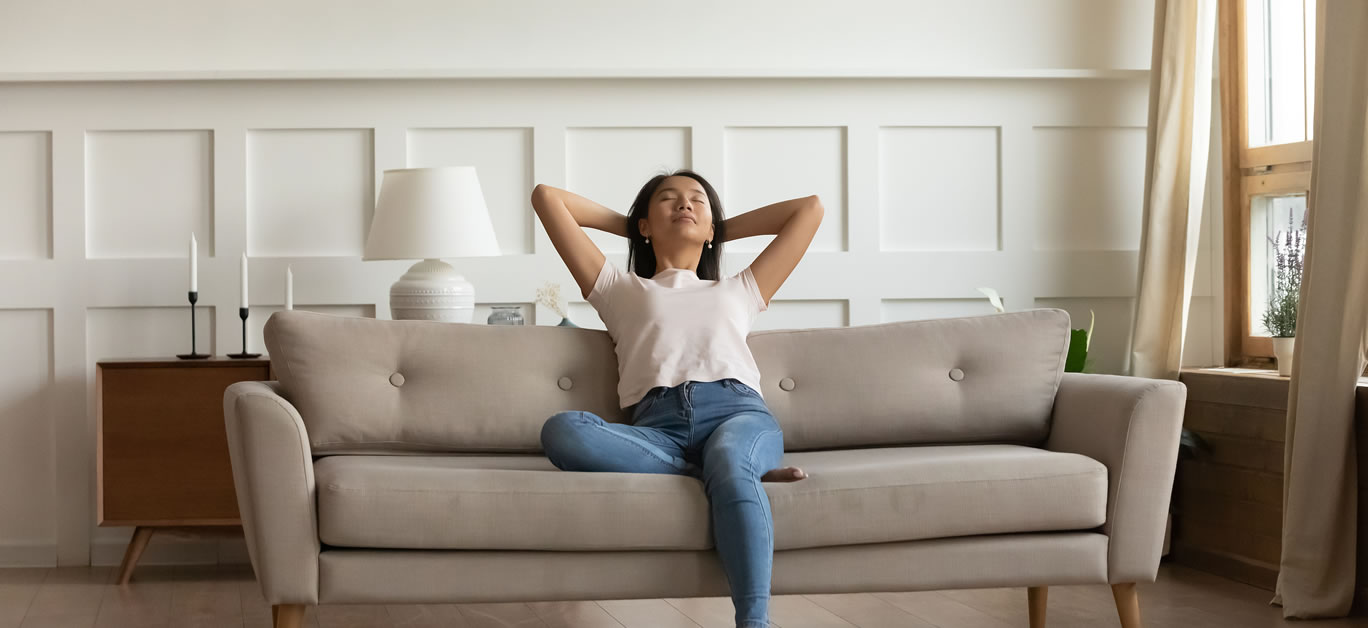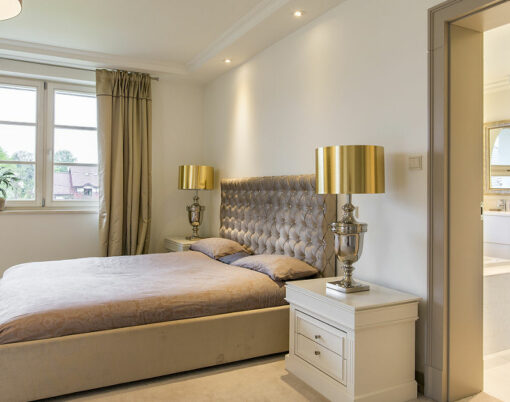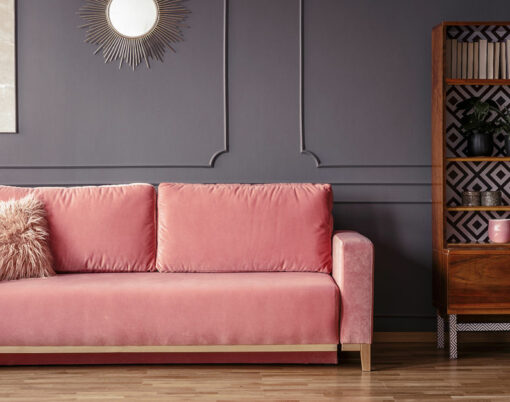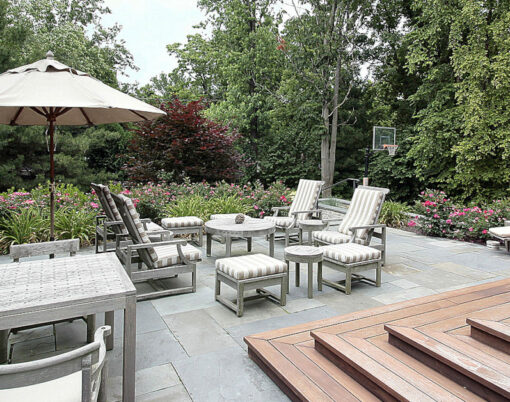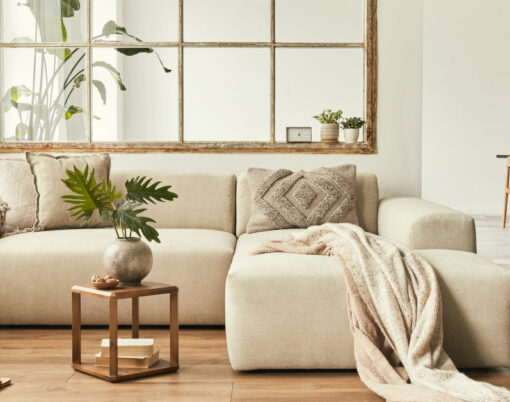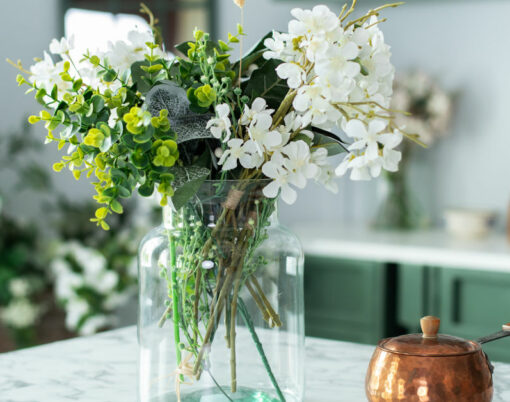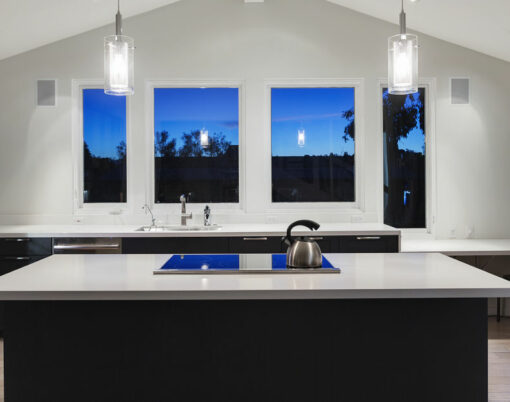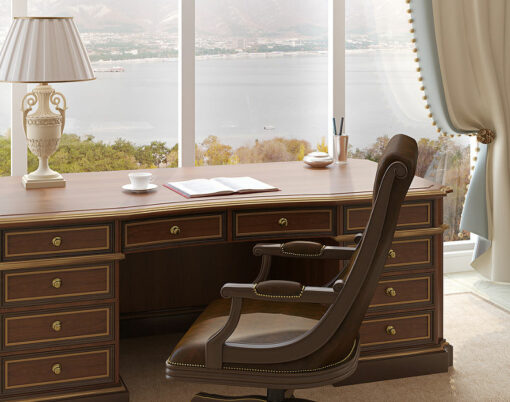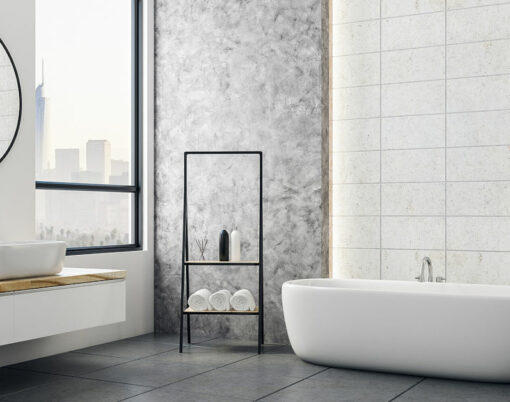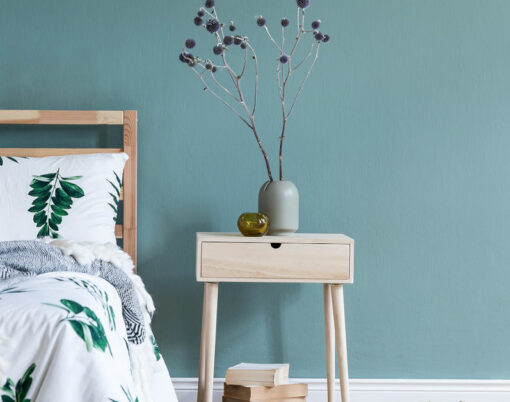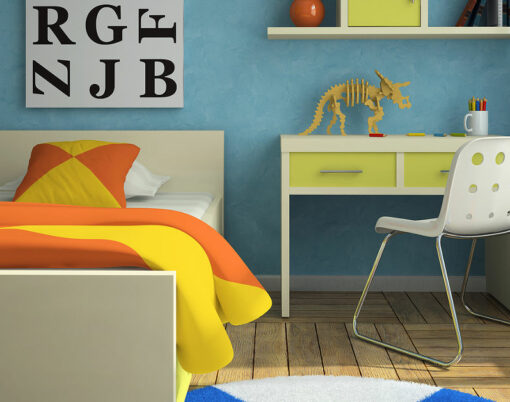This year has undoubtedly been one of unusual weather patterns with the recent run of temperatures consistently in the 90s Fahrenheit/30s Centigrade taking many people by surprise.
This has also turned out to be the most popular year for UK staycations in living memory due to travel restrictions caused by the coronavirus pandemic. The fact that the sun shone and the mercury rose to Mediterranean style levels has been welcomed by thousands of people but it has certainly been uncomfortable at night, especially as most UK homes won’t have air conditioning installed.
Thankfully the blast of warm air, clear skies and high temperatures came after lockdown measures had been significantly relaxed and we could get out and about far more easily. However, for many others, dealing with scorching weather at home can be something of a problem, especially for older people or anyone with health issues that might make it difficult to leave the house.
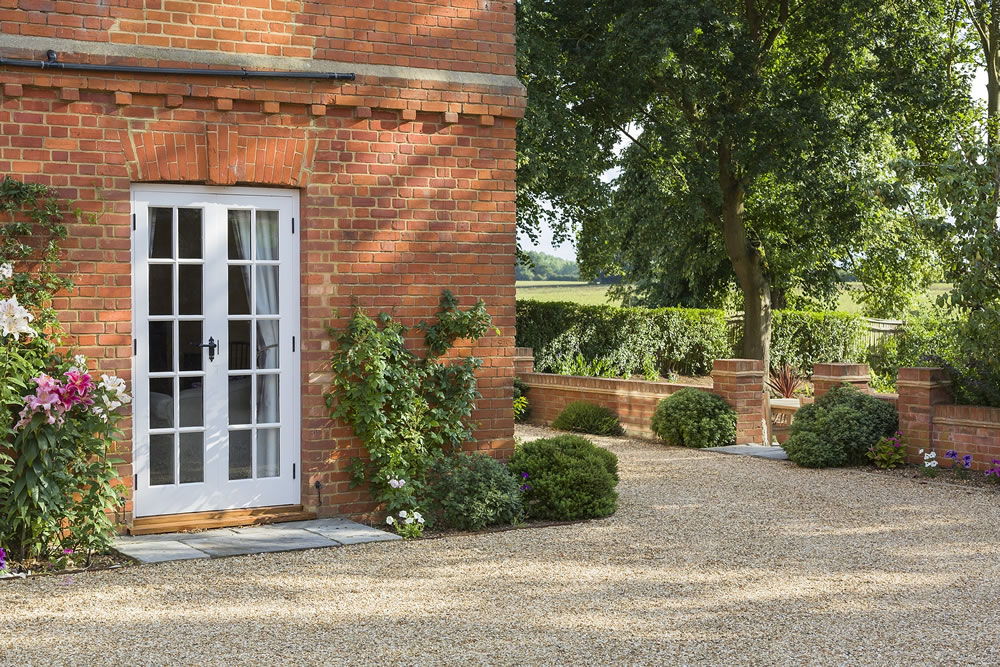
Summertime
Of course, it isn’t just this year that has seen a summer where the UK has had very hot weather. The last few decades have been warmer than average and, whether you believe man or natural causes cause climate change, there is no denying that things are hotting up.
Whereas many European homes are built with warm weather in mind, most homes in the UK are more focused on dealing with winter weather. As a result, the emphasis has long been on double glazing, insulation and central heating rather than air conditioning or cooling techniques during design and building.
Though, this doesn’t mean that you have to live in a hot house during the summer months, as there are plenty of ways you can make your home cooler and more enjoyable even in the excessive levels of heat that much of the UK saw in early August.
Windows
Large windows are an attractive feature of period properties and many architects now also acknowledge that letting in as much natural light as possible is beneficial to both mind and body.
However, big panes of glass also mean that rooms can get hot when in direct summer sunlight. The same applies to homes with French doors, which can be a great bonus in summer as they give a feeling of letting the outside in, but their large areas of glass can mean that, when closed, they trap heat in a room on a hot day.
No one wants to spend a lovely sunny day with the curtains drawn, which is why patio and French door shutters are the perfect solution as they help to regulate indoor temperatures and also offer differing levels of privacy.
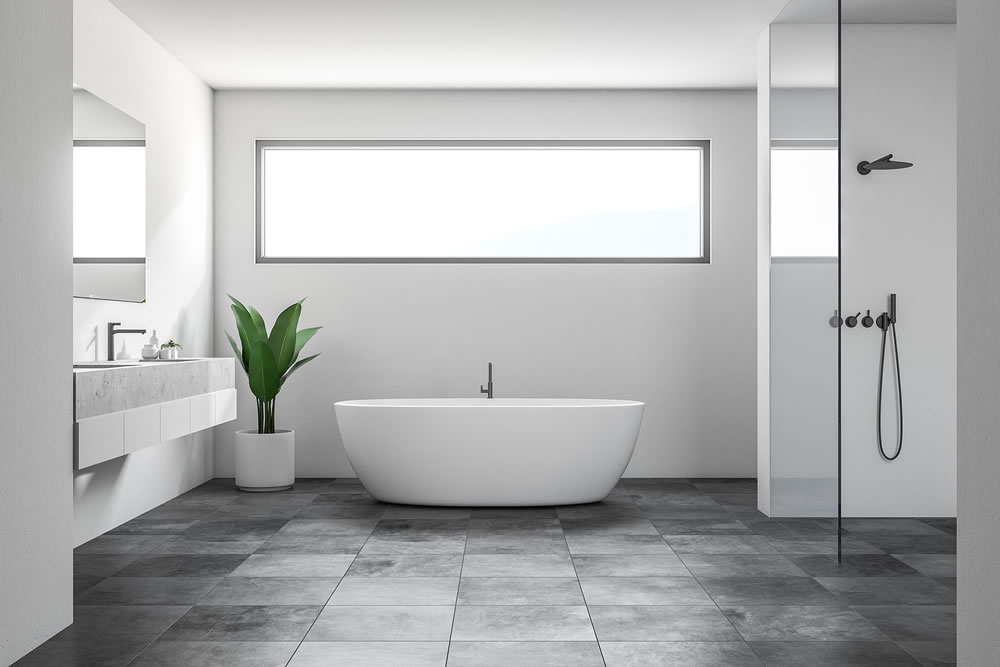
Flooring
The construction of flooring isn’t something that you can do much about. A period terrace may have suspended wooden floorboards which help airflow, but a modern new build is more likely to have concrete flooring or other less forgiving materials.
Even so, your floor coverings will have an impact on how your home keeps cool in hot weather. Tiled areas can be cooler in summer and, with the benefit of underfloor heating, be warm in winter, giving you the best of both worlds. Although, in the UK, tiles are usually only found in kitchens or bathrooms, in the warmer parts of Europe they are often used throughout the whole home.
Likewise, thick pile carpet might be attractive in the winter, but during a hot summer, it can have the opposite effect. If you want to ditch the carpet entirely and bring a rug out in winter then engineered flooring solutions can have a similar cooling effect as natural material tiles in excessively warm weather.
Airflow
If summers continue to get hotter, air conditioning will likely become more common in domestic settings, but in the meantime, making sure that air circulates on a hot day is key to keeping cool.
Fans can be extremely functional and also cost-effective. One or two decent sized floor fans strategically placed around the home can direct air so that a constant flow is created. It’s an easy way to regulate the temperature in any room and offers less effort than having air conditioning installed.
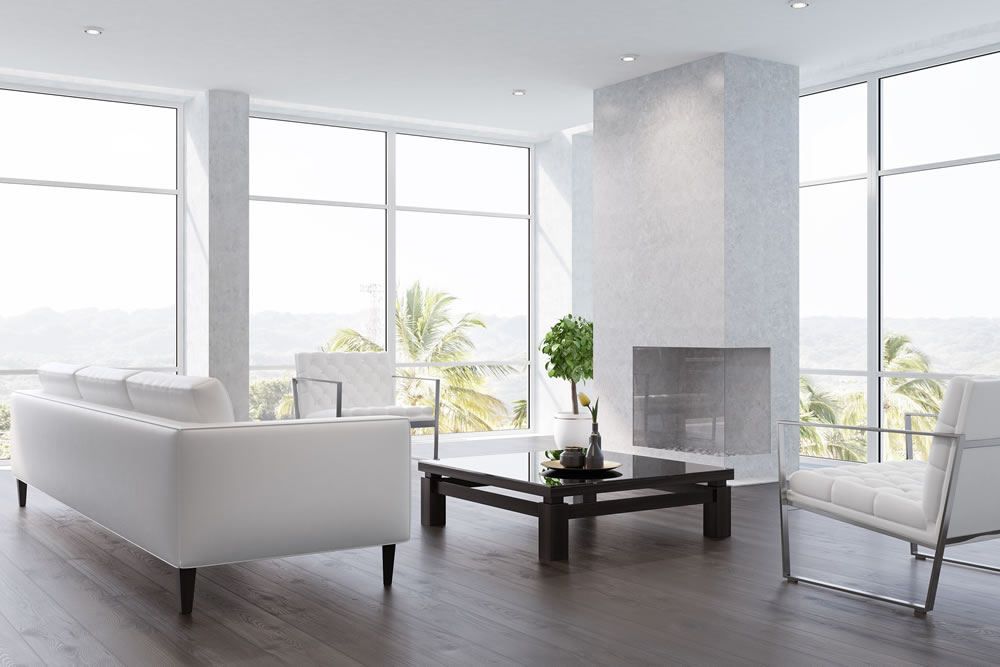
Cool colours
Although some might say that the effect is more psychological than physical, decorating your home in lighter colours can have a cooling effect.
White walls not only give a feeling of space and airiness on a hot day, but they also reflect light and don’t absorb heat as much as darker colours. This might not be a particularly noticeable effect under ordinary circumstances, however, when the thermometers go as high as they have recently, every little helps when it’s so hot outside!












